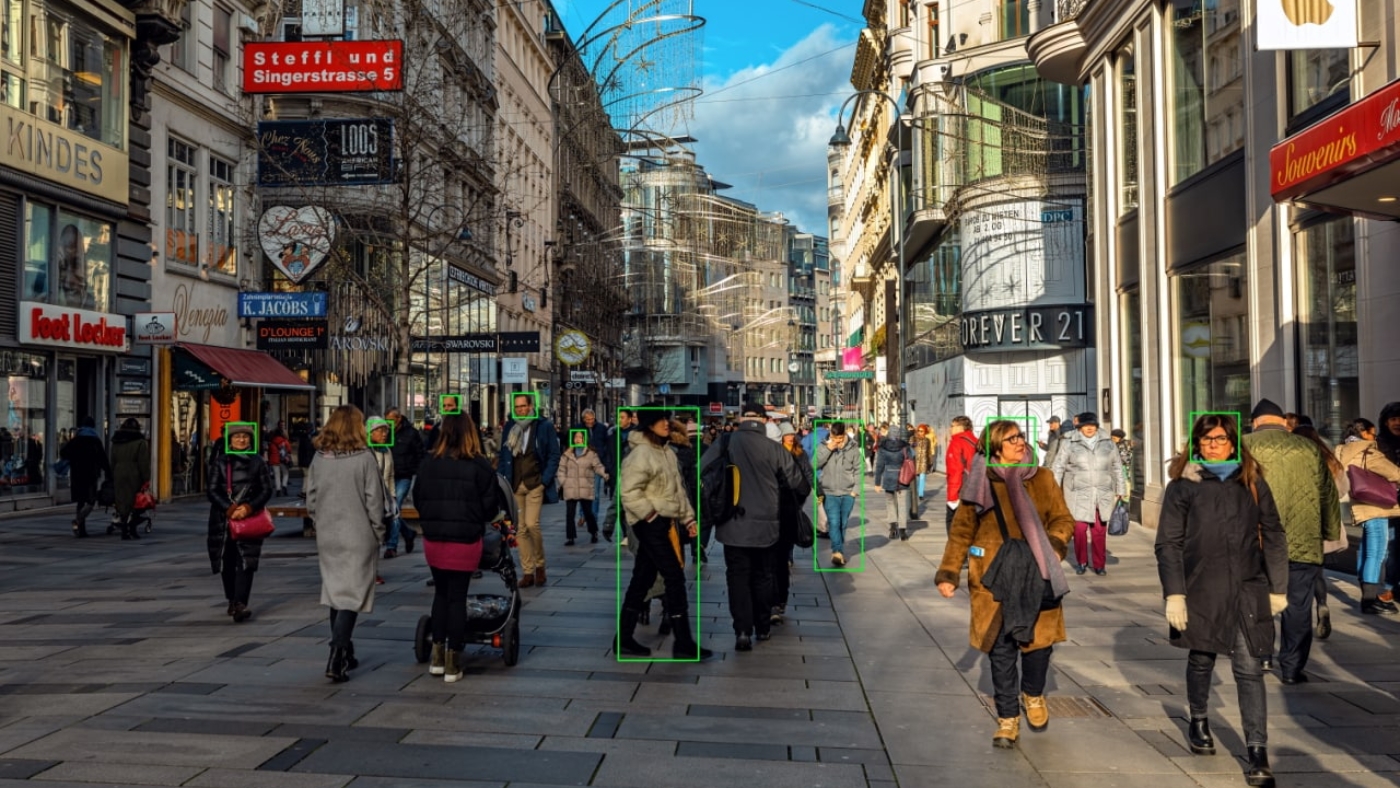Advances in video analytics and artificial intelligence have drastically improved the accuracy and speed of detection and recognition of people’s characteristics, such as faces, body attributes, gender, age, as well as objects, such as vehicle make, body type, and color. Increasingly, the performance of humans in recognizing and interpreting images is being surpassed by computer vision.
City public safety leaders, such as chief investigators, real-time crime centers commanders, and traffic management operation center managers that want to leverage the power of video intelligence must:
- Inventory existing video surveillance cameras and video management systems to assess their costs and their connectivity, data transmission, archiving, and cybersecurity capabilities. The inventory should be matched against the city historical data of crime patterns to understand which cameras need to be upgraded to feed data into advanced video intelligence AI systems, which ones can be discarded to save money to be invested in new hardware and software.
- Prioritize investment in people/object detection AI algorithms that can increase the productivity and effectiveness of police officers in charge of analyzing video footage. The investment in AI must align technology innovation with key public safety goals, such as crowd safety at mass events, search and find of criminals, search and find of missing people, time to respond to emergencies, perimeter control in critical locations.
- Select video AI software platforms that offer best-in-class performance in people/object detection and recognition, including in challenging conditions (e.g. people wearing face masks) to avoid false positives that can create an overload of activities for public safety officers and investigators and, of course, avoid false negatives that put citizens and officers at risk. Procure solutions that are open and interoperable so that they can ingest data from multiple sources, including legacy cameras.
- Invest in GPU processing and video management software and storage capabilities to optimize the performance of face/object recognition AI software platforms.
- Leverage the modularity of video AI software platforms to configure, deploy, and administer them in a way that secures compliance with data protection regulation. For instance, face recognition software must archive only objects with feature vectors and metadata, and not the actual images, the processing of objects to match them against video archived in criminal records must take place in police-protected systems and can only be carried out by authorized officers, and the queries that enable to intake the data from the face recognition object database for matching purposes must also be logged only in police-protected systems.
- Deploy video intelligence capabilities in combination with adequate change management resources, including engaging and training public safety officers that will eventually have to make the critical decisions, based on the insights from the AI algorithms.
- Combine video intelligence with a holistic approach to improving the city safety, such as engaging with community organizations that take care of neighborhood watch activities or collaborating with correctional and social service agencies that work to reduce re-offending rates.
Ongoing research and innovation constantly enhance our expertise to better support our customers and deliver 360° intelligent insights to improve public safety outcomes.

Add a Comment